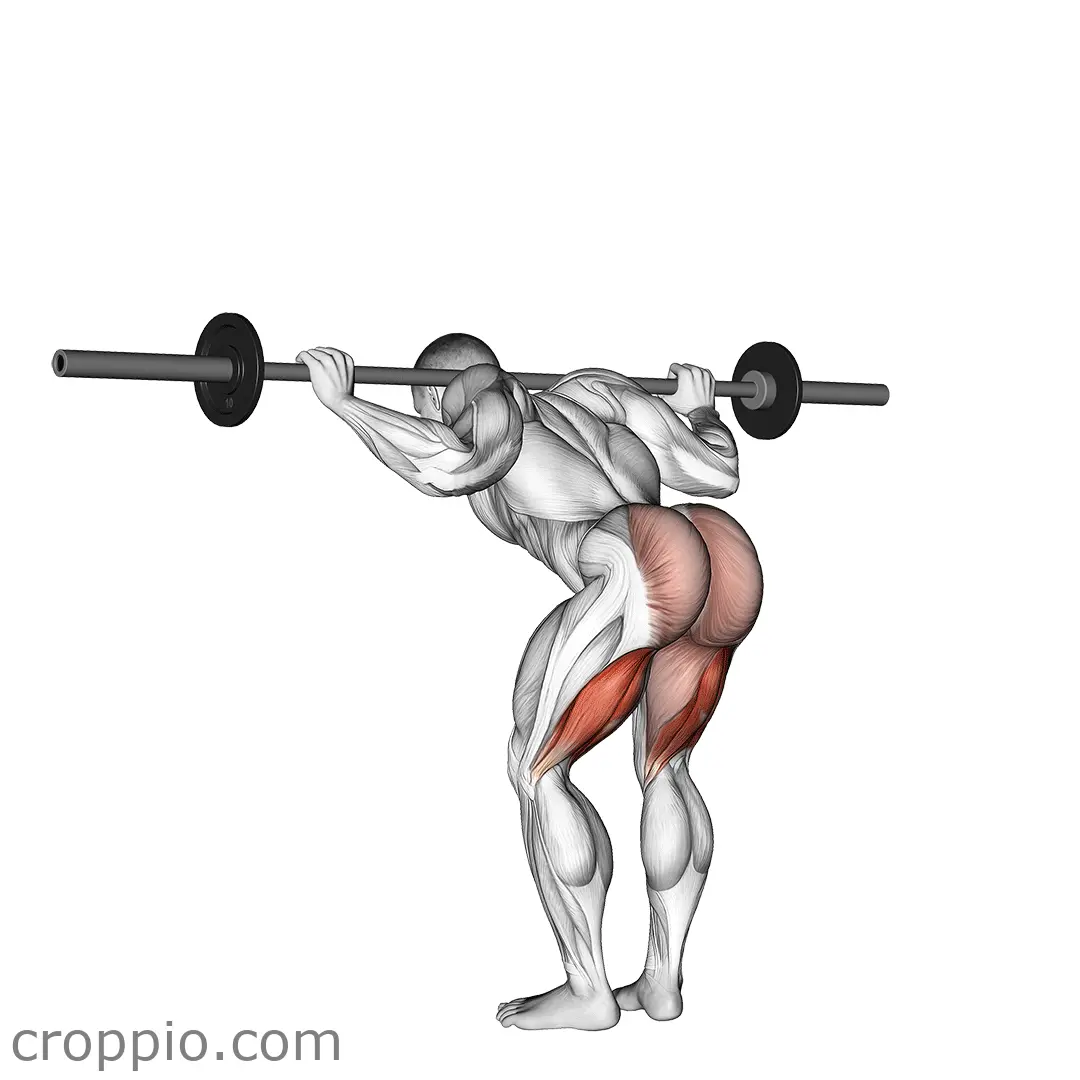Dumbbell Deadlift Movement

Muscles Involved
The dumbbell deadlift is an effective compound exercise that primarily targets the posterior chain, engaging several muscle groups. The primary muscles involved include the gluteus maximus, hamstrings, and erector spinae, which are vital for hip extension and maintaining an upright posture. In addition, secondary muscles such as the quadriceps, forearms, and trapezius are engaged to stabilize the body and assist in lifting the weights. This comprehensive activation of muscle groups makes the dumbbell deadlift an excellent choice for building strength and muscle mass.
Top Mistakes
- **Rounded Back:** Failing to keep a neutral spine can lead to injury. Maintaining a flat back is crucial for safe lifting.
- **Incorrect Weight Distribution:** Overly shifting weight onto the toes can compromise form; the weight should be evenly distributed through the feet.
- **Poor Grip:** Allowing the dumbbells to slip or using an inefficient grip may diminish control and reduce the effectiveness of the lift.
- **Hyperextension:** Overextending at the top of the movement can put unnecessary stress on the lower back.
Execution Tips
- **Stance:** Begin with your feet hip-width apart, with the dumbbells positioned close to your shins.
- **Grip:** Bend at the hips and knees to grasp the dumbbells with a neutral grip, palms facing the body.
- **Form:** Keep your back straight and your shoulders pulled back, ensuring your chest is up throughout the movement.
- **Movement:** Engage your core, push through your heels, and drive your hips forward as you lift the dumbbells, keeping them close to your body.
- **Lowering:** Reverse the movement by hinging at the hips first, then bending the knees to lower the dumbbells back to the ground, maintaining form.
Workouts
The dumbbell deadlift can be easily integrated into a workout routine. Aim for three to four sets of 8-12 reps, adjusting the weight according to your strength level. It can be paired with other exercises targeting the lower body or total body strength, such as squats, lunges, and rows, to create a balanced workout. Alternatively, including it in a high-intensity interval training (HIIT) session can improve endurance and cardiovascular fitness.
Conclusion
The dumbbell deadlift is a highly beneficial exercise for anyone looking to enhance their strength and muscular endurance. By engaging multiple muscle groups, it not only improves overall strength but also fosters better posture and stability. Proper execution and avoiding common mistakes are essential for maximizing benefits and minimizing injury risk. Integrating this movement into your routine can lead to significant fitness gains.



